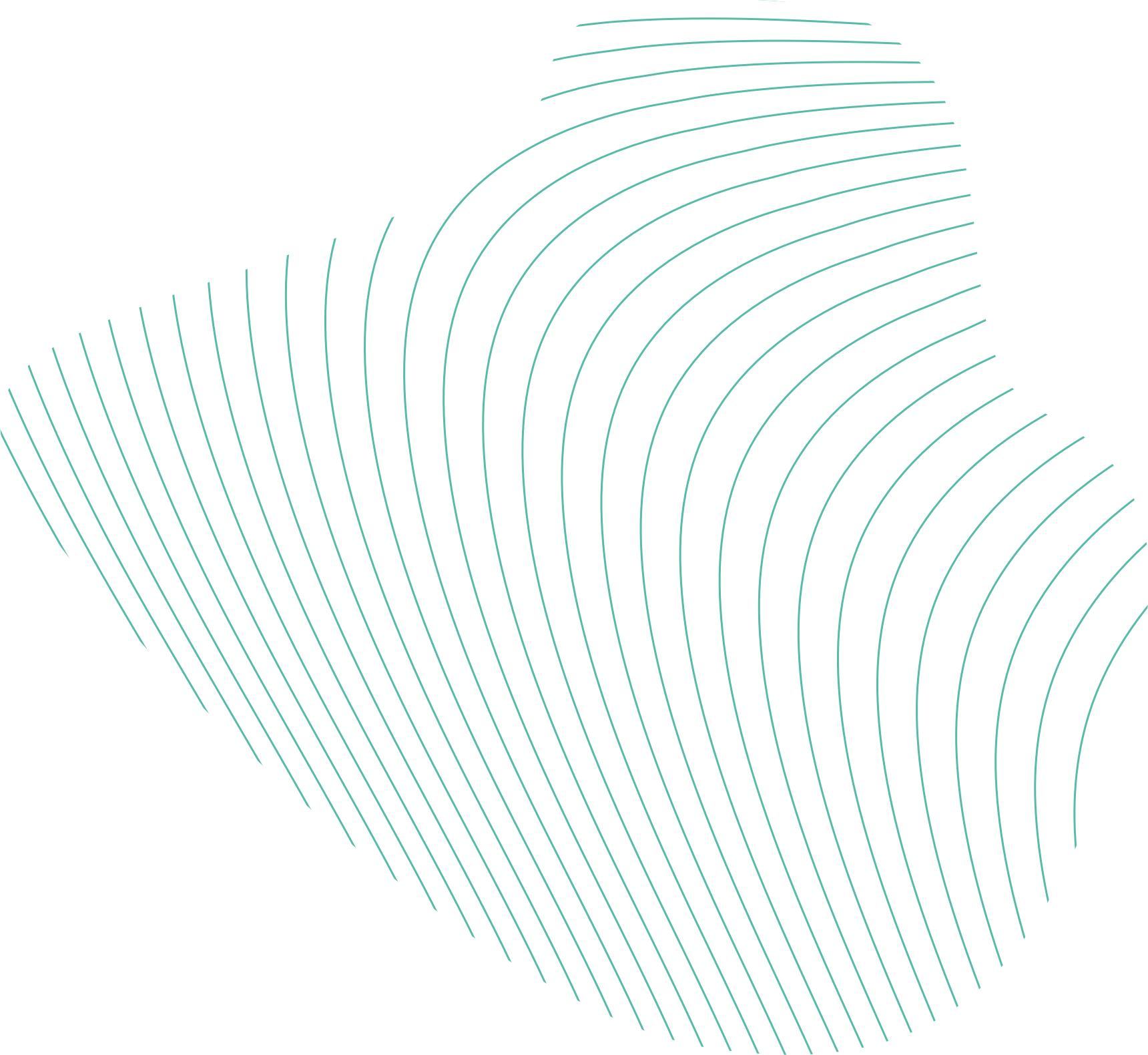


| Power plant location | Bergheim-Niederaussem, North Rhine-Westphalia |
| Power plant type | Lignite-fired power plant with 3 units |
| Commissioned in |
1974-2003 |
| Electrical output (net) |
2,200 MW |
| Number of units |
2 units G & H (600MW) 1 unit K (1,000MW) |
A power plant with a long tradition
The locality of Niederaussem has been closely associated with electricity production since 1963. The power plant still supplies millions of people reliably with electricity to this day – and it sets new standards in developing innovative technologies for climate-friendly power future.
A living piece of history
In 1963, Rheinisch-Westfälisches Elektrizitätswerk (RWE), predecessor of RWE Power AG, commissioned the first two units. With a generation capacity of 150 megawatts, they represented state-of-the-art technology at the time; in 1955, units of the same dimension went on stream in Frimmersdorf and Weisweiler. With the increasing demand for electricity, the capacity of new units became bigger and bigger. In 1965, RWE commissioned the first 300-MW unit, and in 1974 the first one with an output of 600 MW, at the Niederaussem site. In 2003, a new record in power plant technology was achieved, when Block K was built with a gross output of 1,000 MW. Since the boiler houses also had to become higher with the increasing unit sizes, the history of technology is reflected in the skyline of the Niederaussem power plant, with building height increasing from left to right.
Reducing emissions – boosting efficiency
The latest addition to the site is unit K, aka "Konrad" or "BoA1". "BoA" is the German acronym for lignite-fired power station with optimised plant engineering. Many improvements at different stages of the production process ensure particularly efficient and thus more environmentally friendly power generation. The unit burns approximately 850 tonnes of coal per hour, creating 2,500 tonnes of steam. The power plant unit's turbine has a capacity of just above 1,000 megawatts (MW). This is sufficient to supply electricity to a city the size of Cologne, with one million inhabitants in 265,000 households plus industry. Efficiency of the unit is over 43 per cent, a world record for lignite-fired power plants. This reduces lignite use per generated kilowatt hour and thus CO2 and other emissions.
German coal-phase out: Unit D was first to go
As a matter of the German gradual coal phase-out, all lignite and hard coal-fired power plants will be decommissioned. Implementing the Federal Coal Phase-Out Act, on New Year’s Eve of 2020, RWE decommissioned Unit D followed by Unit C one year later. Units E and F have been offline since April 1, 2024. Units A and B have long since been switched off.
RWE Innovation Centre
BoA1 is the focal point of RWE Power's Innovation Centre. There, the company operates a number of research plants. Examples include our CO2 flue gas scrubbing pilot system, a Power-to-X testing station for the production of e-fuels at laboratory scale and a so-called multi fuel conversion plant where phosphorus, hydrogen, and carbon are recovered from sewage sludge and other gasified substances.

